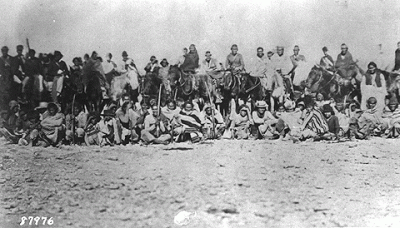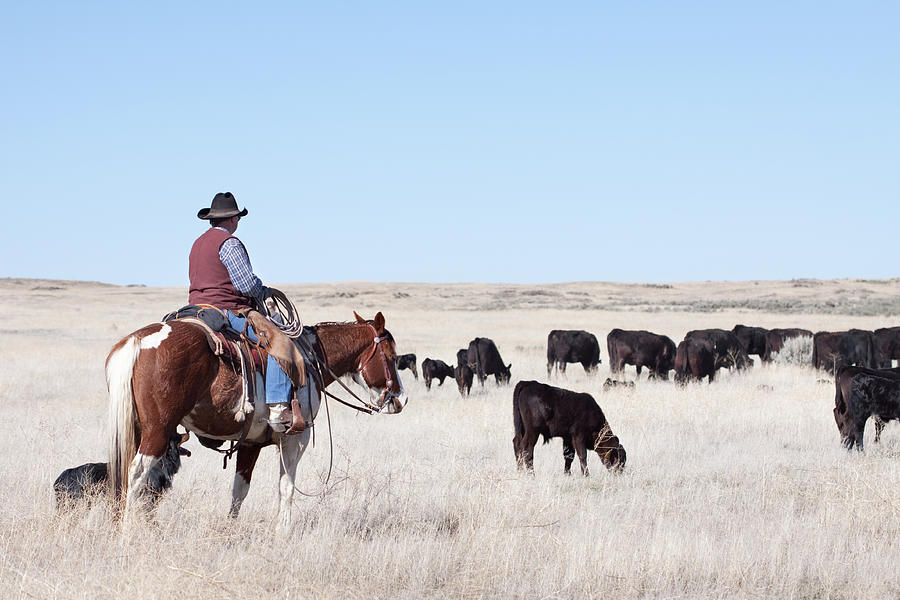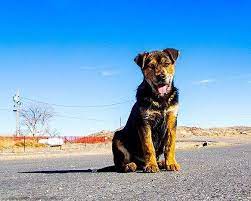New Mexico has a rich and interesting history, but one of the most most intriguing historical events was the long walk. The U.S. government has applied many methods aimed at wiping away Native American culture and assimilating natives into large-scale American culture, such as the Christian religion.
The Navajo long walk was a tragic time in 1864, as the U.S invaded native lands, taking everything in sight. They invaded Navajo lands and burned their crops, trying to convert them to Christianity. The Navajo fought back and soon the U.S started to take them and make them walk to a fort called Bosque Redondo.
Walking to Bosque Redondo
In 1864 the long walk was introduced and in action by the U.S, they took children, women, and men of all ages to the long walk. They took them to a place called Bosque Redondo and through the journey, many natives died during the walk due to sickness or starvation. Their shoes and clothes started to deteriorate as they traveled for miles, but they kept on going and soon they arrived to the fort.
Life in bosque Redondo
In the fort, the condition was worse then their lands, and they were told lies. Some problems they faced were the lack of soil, as the place made it impossible to farm which caused many of the natives starve to death. Another problem was the structures: there were no roofs for them, so they would have to huddle together to stay warm. Additionally, they were provided with unfamiliar foods. They were introduced to foods like pork, and most died from food poisoning due to improper cooking of the meat. There were not enough clothes, and many had to live with the old clothes they had during the long walk. One interesting thing was the man called Kit Carson who was in charge of watching over the place, “Kit Carson was a white man who was fit for the job and so he was tasked to watch the natives, but he wasn’t the best at keeping them alive.”
Treaty and agreement
The treaty agreement was put in place in 1868 to make a agreement with the Navajo. This agreement made it so the U.S would stop their aggressive attacks and allow for a peaceful agreement. Still, the U.S. would start taking the Native kids into boarding schools to be assimilated into society in 1879.
Boarding schools
Boarding schools were an innovative approach to assimilation by educating the children about white culture and forcing students to have white names. Students who did not listen were subjected to punishments such as getting hit with a ruler.
According to one of my relatives, “I was forced to cut my hair and change my name, and I saw some of the other kids refused and were hit until they felt their punishment was enough.” This cruelty killed many students as they kept getting hit. Students also could not see their parents and were forced to live in the boarding schools’ rooms. This trauma followed the students as they grew into adulthood.
Survey
I surveyed 30 students and Crownpoint residents, posing three simple questions:
1. Do you know the long walk?
2. Do you know who kit Carson was?
3. Did your school teach you this event?
According to the survey, there were 71% who knew about the long walk. Of those surveyed, 78% of people knew who he was. Finally, 79% were taught about the event. This shows that people are persevering, and preserving a piece of history by teaching the students about this part of history.
Summary
The long walk was an attempt by the U.S. to wipe away the Navajo culture. The experiences in boarding schools and the walk to Bosque Redondo caused the Navajo people to lose some of their identity. Through studying the history and conducting interviews and surveys, it is evident that the Navajo culture and traditions still remain strong, and many still fight to preserve it.






